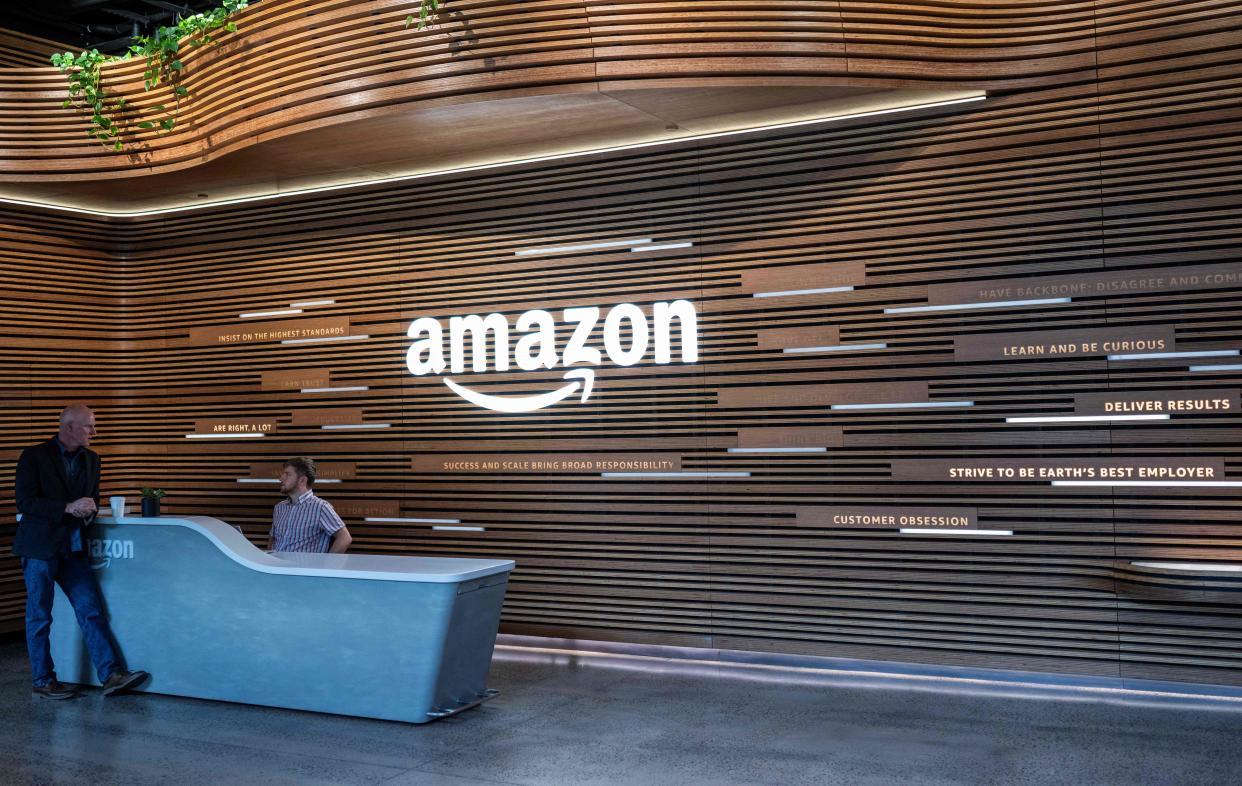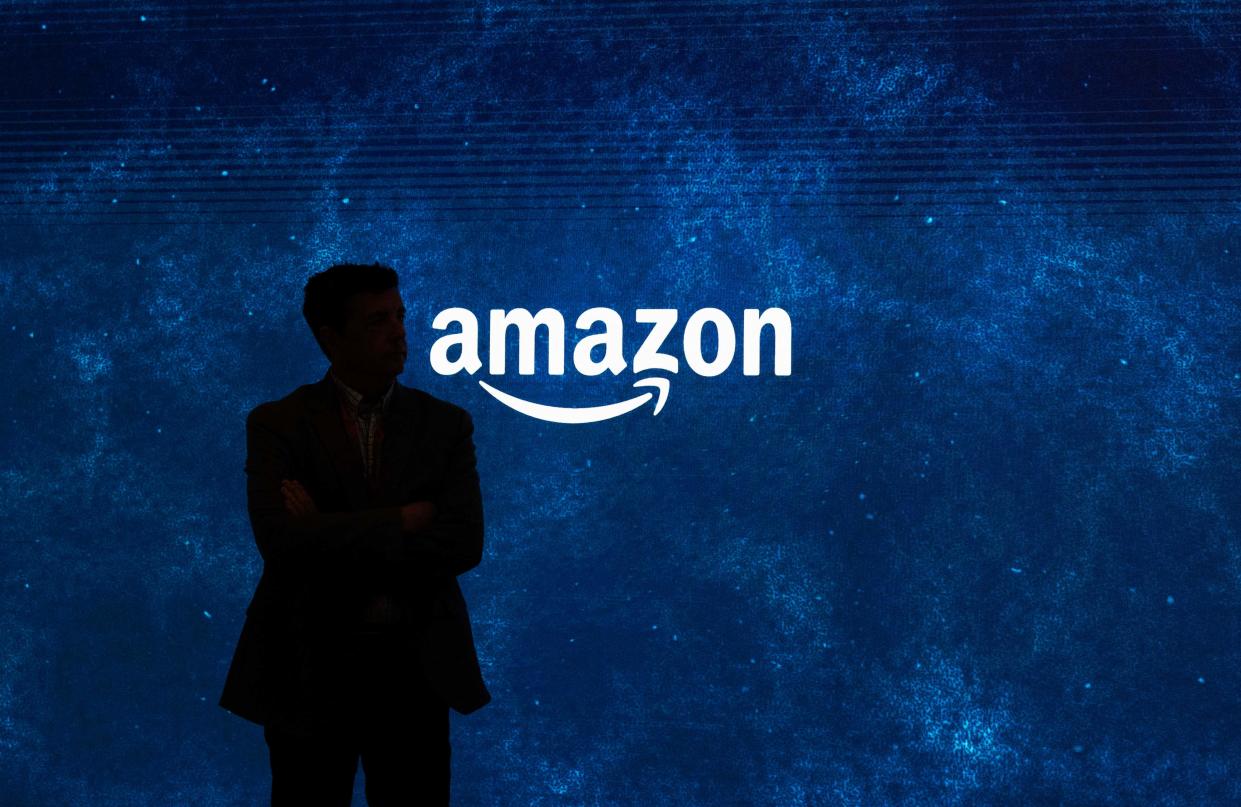FTC lawsuit alleges Amazon tried to pull a fast one on consumers with secret price gouging

Amazon had a covert operation that purposely inflated prices shoppers pay, extracting over $1 billion from American households, according to a new revelation in updated court documents.
The Federal Trade Commission and 17 states sued Amazon in federal court in September for antitrust violations. But much of the original complaint was redacted – until Thursday, when an updated version of the original complaint was filed in the case before U.S. District Court Judge John H. Chun.
What does the lawsuit say about Amazon pricing?
Amazon began testing whether other online stores’ pricing algorithms were following the prices set by Amazon’s retail arm, where Amazon directly controls prices, the lawsuit said. The early experiments showed that “in many cases competitors match us at the higher price.”
Amazon realized it could increase its prices while reducing the risk shoppers could find a similar, cheaper item if Amazon focused its price hikes on products sold by competitors that were matching what Amazon was selling.
“Armed with the knowledge that others would likely follow its price hikes, Amazon could charge shoppers higher prices while minimizing the chance that shoppers would catch on,” the suit said.
These findings were used to create “Project Nessie,” an algorithmic tool designed to raise prices on and off Amazon and which would predict the likelihood the online store or stores offering the lowest price would follow an Amazon price increase.
“After Amazon successfully induced the other online store to raise its price, Amazon continued to sell the product at the now-inflated price.”
Amazon said in an e-mailed statement to USA TODAY that the FTC's claims that the algorithm was unfair "grossly mischaracterizes this tool," and that Amazon "scrapped it several years ago.''
'Project Nessie'
Amazon began using Project Nessie in 2014.

There was often a lag in competitors raising prices, so there would be times when Amazon’s price would be the highest, the suit said, but Amazon decided the risk was worth it if others followed suit at least 20% of the time.
To minimize the risk of consumer backlash, Amazon limited and rotated the products subject to Project Nessie at any given time, the suit said. But Project Nessie still had a significant impact, the suit alleges. In 2018, Amazon used Project Nessie to set prices that were viewed by shoppers more than 400 million times. In April 2018 alone, Amazon used Project Nessie to set prices for more than 8 million items purchased by customers that collectively cost almost $194 million, according to the complaint.
Project Nessie was not used to hike prices of items selling at a low profit, instead increasing prices on products already making significantly more money.
“The sole purpose of Project Nessie was to further hike consumer prices by manipulating other online stores into raising their prices,” the suit claimed.
Amazon paused Project Nessie in 2019 when it came under scrutiny from federal regulators, but used it at times 24 hours a day, 7 days a week, except for the holiday shopping season and Prime Day due to “increased media focus and customer traffic,” the complaint alleges. The company turned Project Nessie "on" and "off" at least eight times between 2015 and 2019, the suit said.
Advertising made it harder for customers to search for best prices
The newly unsealed document also details how Amazon founder Jeff Bezos directed the retailer to shift gears from offering “relevant, organic search results” to filling its storefront with pay-to-play advertisements.
Amazon executives internally acknowledge this creates “harm to consumers” by making it “almost impossible for high quality, helpful organic content to win over barely relevant sponsored content,” the complaint said.
On the move: Amazon founder billionaire Jeff Bezos announced he's leaving Seattle, moving to Miami
Amazon workers: Amazon employees who refuse come into workplace 3 days a week can be fired: Report
Amazon has also increased irrelevant junk ads, or what is internally called “defects.”
“Mr. Bezos instructed his executives to ‘[a]ccept more defects’ because Amazon can extract billions of dollars through increased advertising despite worsening its services for customers,” the complaint alleges.
Amazon’s “unlawful monopolistic strategy” has closed off the possibility for competitors to attract business, the suit said.
Amazon controls and punishes its competitors
Amazon uses a sophisticated surveillance network of web crawlers to search for Amazon sellers offering lower prices for the same goods elsewhere. Amazon may punish the seller, lowering its products in Amazon search results or removing it from the lucrative “Buy Box.” That is the display that allows customers to “buy now” or “add to cart” - the spot from which Amazon says 98% of sales are made.
Amazon’s response
In an e-mailed statement to USA TODAY, Amazon spokesman Tim Doyle said: “The FTC claims that an old Amazon pricing algorithm called Nessie is an unfair method of competition that led to raised prices for consumers. This grossly mischaracterizes this tool. Nessie was used to try to stop our price matching from resulting in unusual outcomes where prices became so low that they were unsustainable. The project ran for a few years on a subset of products, but didn’t work as intended, so we scrapped it several years ago.”
Betty Lin-Fisher is a consumer reporter for USA TODAY. Reach her at blinfisher@USATODAY.com or follow her on X, Facebook or Instagram @blinfisher.
This article originally appeared on USA TODAY: Amazon FTC lawsuit claims site used secret pricing tool to gouge costs
